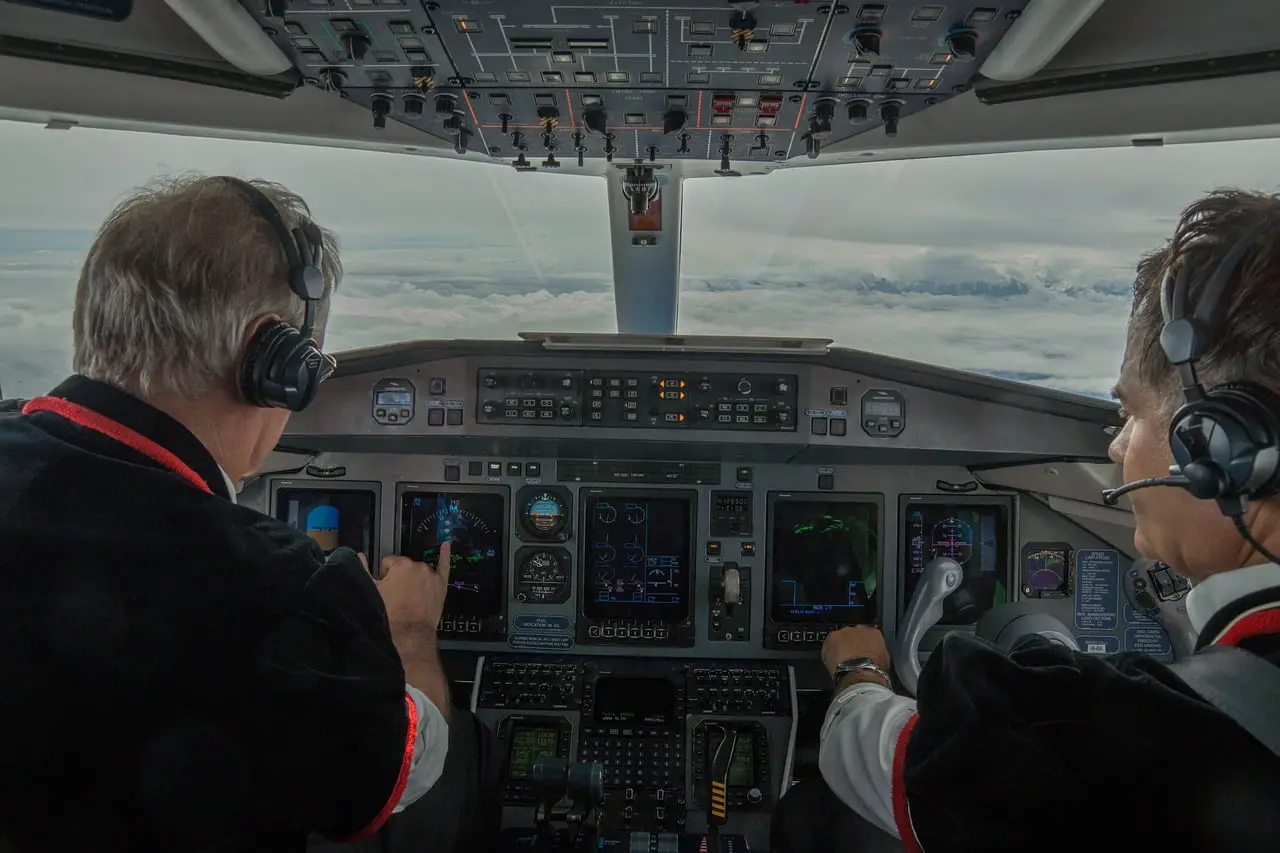Pilots have a type rating for every aircraft they fly – cabin crew, too?
Compared to pilots, cabin crew are type-rated on more aircraft types. For example, a pilot might only fly one or two airliners at any given time, but a cabin crew member can hold up to three or four of these types. This is dependent on the specific airline and the aircraft they have. If they have bases in multiple cities, this could also be a factor. For each of these different aircraft types, the crew member needs to know how to operate them safely – in these cases, they might need type-rating for three or four types within an airline’s fleet.
Multiple fleets
Many airlines will have their cabin crew rated to fly on a variety of aircraft. For example, Qatar Airways may train its personnel on the Boeing 777, 787 Airbus 350, 380 and Airbus 320, 321. This means that one employee could operate the B777, 787 and A320, 321 or A350, 380 and A320, 321. The A320/321 are part of the same family while the B777 and 787 are another family. Emirates only flies any of the A380 or B777 planes but does all long-haul and short-haul routes.
Individual or separate fleets
Do you know the difference between a short-haul and long-haul flight? Sometimes airlines have different fleets for these types of routes. For example, British Airways has three families of planes specifically designed for different ranges: A319s, A320s, and A321s that fly short routes; the A350s and B777s which fly medium-long routes; and the A380 that flies long routes. Low-cost airlines usually only operate one or two types of planes, so training employees is less complicated. Flydubai only operates B737 MAX planes, which keeps training costs down, while Easyjet primarily uses the A319s,A320s and A321s, all of which are in the same family. This makes it easier to train cabin crew on various aircraft types.
Training requirements
Cabin crew members must complete an aircraft specific type training course before operating on a plane. If the airline does not have its own facility, it can contract out its cabin crew training to an organization. However, the courses are not transferable between airlines because the aircraft may have a different configuration and different emergency equipment locations. Standard operating procedures may also be different.
Specifics of training
Conversion training must cover door operations, slides and rafts, emergency equipment, communications, oxygen systems, the location of equipment on the aircraft type, and all aspects of emergency procedures. When cabin crew members convert to another aircraft type, they also take hazardous materials training, aviation medicine and security issues into account. The experience and training records of the cabin crew member can also be taken into account during conversion.
Types
In the previous section, we talked about how aircraft family determines what type of vehicle training is appropriate for cabin crew. For example, an A318,319,320 and 321 are in the same family. The A330 and A340 including variants (A330-200/300, A340-200/300 and A340-500/600) are another family. The decision on variants depends on exit door location and emergency equipment variations between models.
Compare
Although the B737 and A320 have similar layouts and size, they’re never considered the same family. The door operation is entirely different, as is the safety equipment – for example, a B737 might use a L4 extinguisher but an A320 might use a N3 extinguisher. Different fire extinguishers, smoke hoods, and life vests all differ depending on which aircraft type. For that matter, certain emergency procedures may also differ, like how many services of oxygen are available to passengers.
















 vince salvador
vince salvador November 9th, 2022
November 9th, 2022 0 Comments
0 Comments



Leave a reply